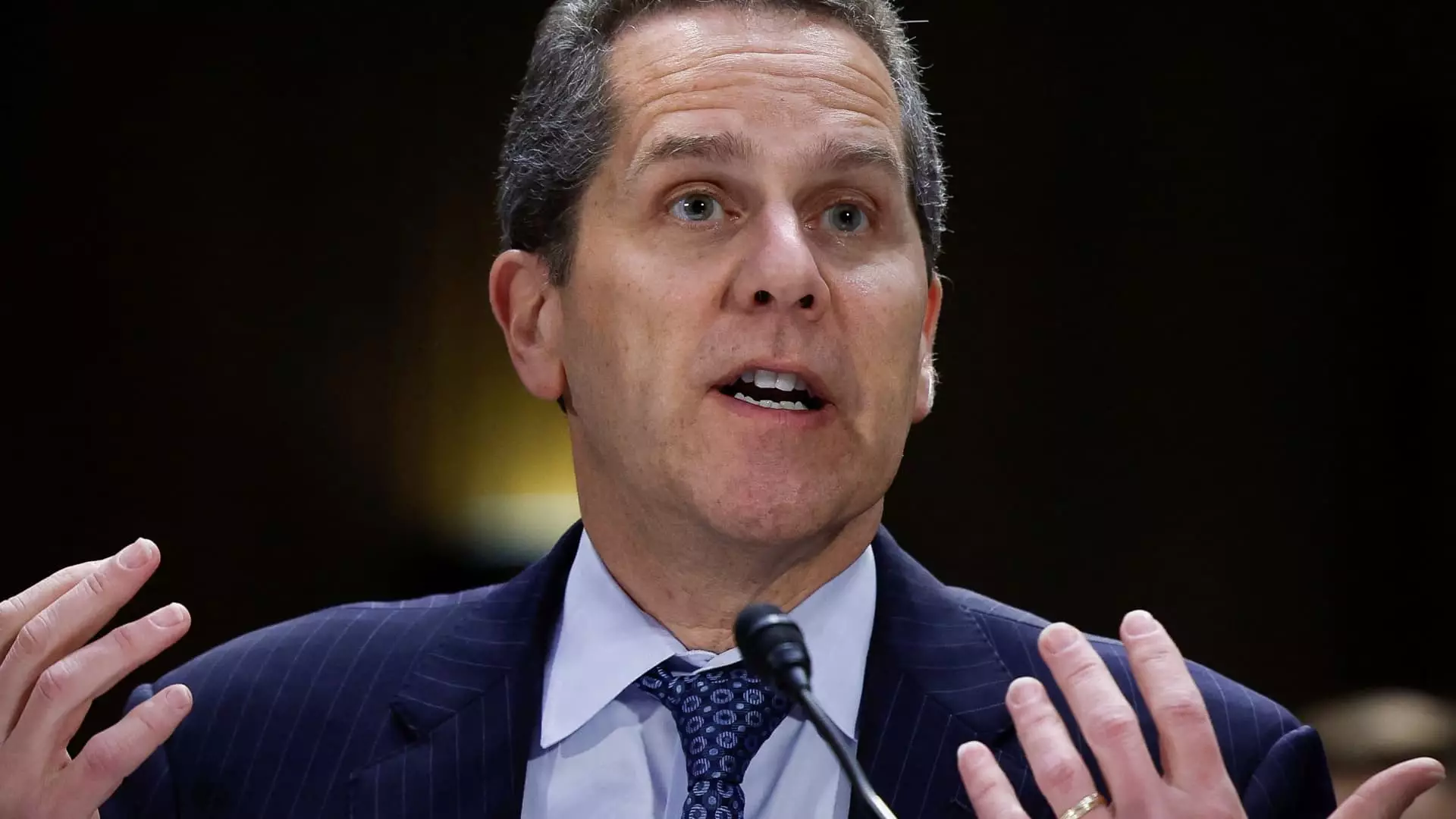The Federal Reserve recently announced changes to a proposed set of U.S. banking regulations that significantly reduce the additional capital that the largest institutions will be mandated to maintain. Originally introduced as the Basel Endgame in July 2023, the regulatory overhaul was set to increase capital requirements for the world’s largest banks by approximately 19%. However, following feedback from banks, business groups, lawmakers, and other stakeholders, the Federal Reserve, the Office of the Comptroller of the Currency, and the Federal Deposit Insurance Corp. have decided to amend the proposal to include a more modest 9% increase in capital for big banks.
In his prepared remarks at the Brookings Institution, Fed Vice Chair for Supervision Michael Barr noted that the decision to scale back the capital requirements was based on a careful consideration of the potential impact of the original proposal. Barr acknowledged that there are both benefits and costs associated with increasing capital requirements and emphasized the importance of striking a balance between financial stability and operational flexibility for banks. The adjustments to the proposal aim to address these concerns and ensure that the regulatory framework remains effective in mitigating risks while supporting economic growth.
The initial version of the proposal, which was developed in response to the 2008 global financial crisis, was met with resistance from industry executives, including JPMorgan Chase CEO Jamie Dimon, who raised concerns about the potential consequences of higher capital requirements. Critics argued that increasing capital could lead to higher costs for loans and restrict access to credit, prompting a shift towards alternative funding sources. The revised proposal reflects a compromise that takes into account these objections and seeks to find a middle ground that promotes financial stability without stifling economic activity.
One notable aspect of the revised proposal is the exclusion of regional banks with assets ranging from $100 billion to $250 billion from the increased capital requirements. While these banks will still be required to address unrealized gains and losses on securities in their regulatory capital calculations, the overall impact on their capital requirements is expected to be limited, with a projected increase of 3% to 4% over time. This provision is a response to the vulnerabilities exposed by the failures of midsized banks during periods of market stress, highlighting the importance of ensuring that financial institutions are adequately capitalized to withstand systemic shocks.
Overall, the changes to the proposed U.S. banking regulations underscore the complexities of balancing prudential oversight with the need for a vibrant and resilient financial sector. By incorporating feedback from various stakeholders and refining the regulatory framework, regulators are aiming to create a more robust and adaptive system that can effectively manage risks and support economic growth in an evolving financial landscape.

